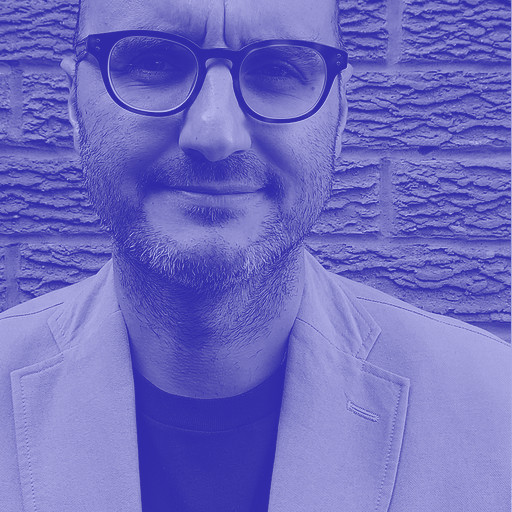Are you looking for your user research playbacks to pack a punch? Creating a vox-pop style highlights reel could be the answer.
You’ve done the research and you’ve analysed the findings. Now it’s time to share those all-important insights with the client and your project team.
The deck is prepped, the key messages are set in stone and you’ve psyched yourself up to share participants’ experiences.
But what if you didn’t have to solely use your own voice, tone, and body language?
What if participants could speak for themselves?
Well, in the digital age, it’s a lot easier than you may think to do just that by employing a video clip or two.
And the result can be highly effective – and make your job easier in the process.
Latin in name, modern in nature
The term ‘vox pop’ comes from the Latin phrase ‘vox populi’ – the voice of the people.
It’s a talking-heads video technique, consisting of a number of clips from interviews with members of the public.
You know, the ones we all see regularly when watching local TV news.
Given the amount of interviews we do in user research, where more and more online sessions are being recorded (with consent, of course) it’s a format that lends itself well to the user research (UR) community.
Why are they so powerful?
Playback sessions are not about you as the researcher, they’re about your work – which has, in turn, been informed by the user.
Obviously what participants say is important, but, sometimes, how they say things, and their actions, are equally insightful.
Sure, we could quote participants word for word, but we can’t capture voice pitch, sentence cadence or visual cues (a raised eyebrow, a look of disgust, a hand gesture) inside quote marks.
If done in the right way, participant highlight reels can be memorable. Different voices, different faces, different pacing, all add a touch of variety that can keep audiences engaged.
They can also help user researchers to deliver potentially problematic key insights. Tough messages can sometimes be accepted more easily by the client as (metaphor incoming) they have come from the horse’s mouth.
Additionally, UR vox pops can inadvertently increase future engagement when it comes to clients or project team members accepting invites to observe future UR sessions.
It’s funny how just a glimpse of a research session can pique interest in the work that user researchers do.
Video is not always the answer
Just because you can create highlights reels, doesn’t mean you should do so for the sake of it.
The source material has to be good enough for a start – what is being communicated in that clip needs to add value.
Secondly, it kind of depends on the subject matter.
Sensitive themes, or those which are difficult to talk about, may not be appropriate for this treatment.
Out of respect to the participant and respect to your audience, you might want to hold these clips back.
Do you really want to create an atmosphere of uncomfortable viewing?
The other scenario where video may not be a suitable medium is when presenting research that’s taken place with internal participants.
That’s because there’s the obvious risk that your anonymity declarations in the consent form are not adhered to. People will know their colleagues!
When you should use video clips
There’s no one-size-fits-all approach to using video clips in a playback.
How and where you decide to press play will depend on your source material. But whatever video or videos should align to the story that you are telling in the session.
It’s hard to go into a research stint and plan for video in advance, but it does tend to work well on projects where you run usability sessions for a new application process with users who have experienced the one you are proposing to replace.
This scenario gives you the perfect platform to play a ‘before and after’ storyline.
Ideally, 5 or 6 participants tell you at the start of the session that the present process is rubbish, annoying, and frustrating.
They then test out your prototype and (hopefully) give you rave reviews.
You start your playback with the ‘before’ video, you then go into the detail, before concluding the session with your ‘after’ video. Two perfect bookends on a shelf.
The skills you need to create video playbacks
“Hold on, how difficult is this video creation malarkey?” I hear you ask.
Well, it’s certainly a lot easier than it was 20 years ago.
Back then, you had to book an editing suite, log rushes, and then work to 24-frames a second technology that was both bulky and slow.
Now you have lots and lots of video editing software at your disposal on your PC or even your phone.
And, don’t worry, you don’t need to be Steven Spielberg. Your videos or edits don’t have to be Oscar-worthy.
A lack of polish can actually make things seem more ‘real’ – because that is exactly what it is.
Just make sure you keep videos short or you risk losing the audience. Video clips should be the finishing touches to your presentation, not the bulk of it.
Remember, remember, remember…
Last, but not least, you need to make sure that you still carry out your job to the right ethical, legal and professional standards.
As a researcher, make sure you:
- capture the required consent to record participants
- follow data protection rules
- keep the videos to yourself – they can be played in a presentation but not shared afterwards
- use software on your machine – not any online tool unless it has client/security approval
- edit out a user’s name if it appears on screen in your raw footage



